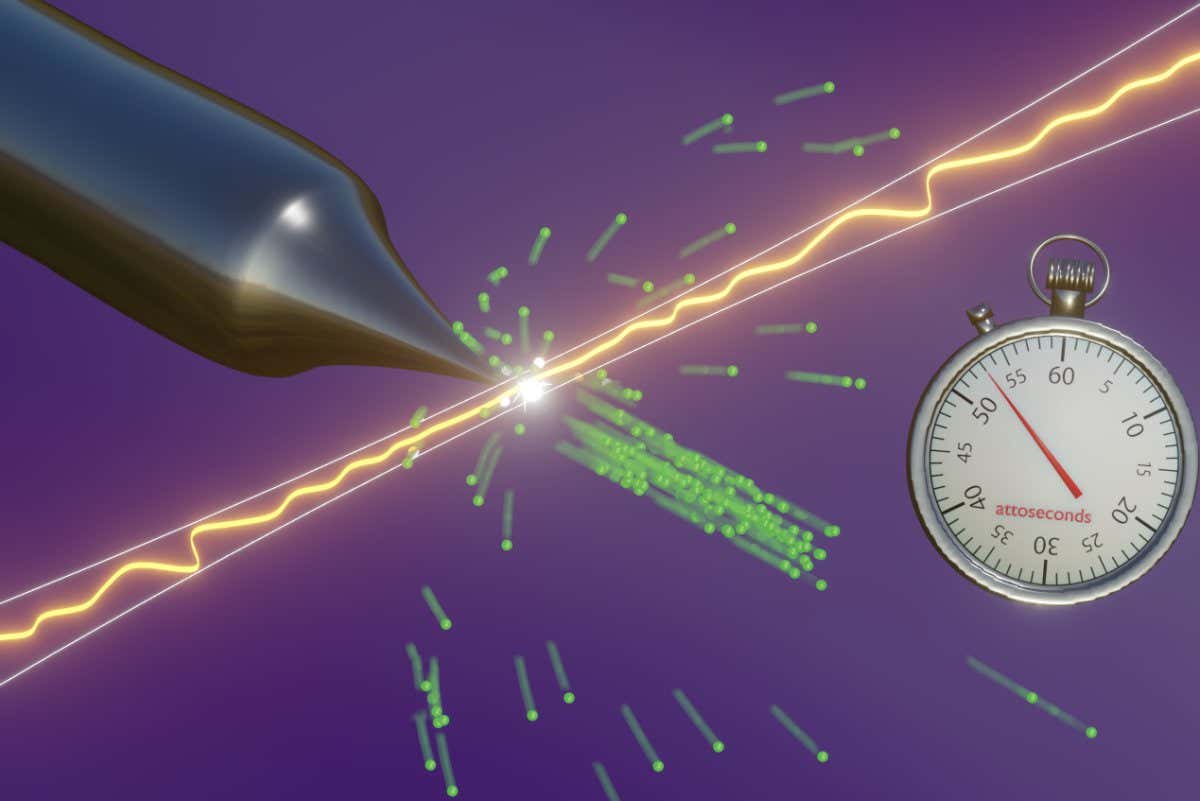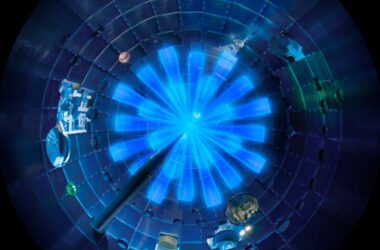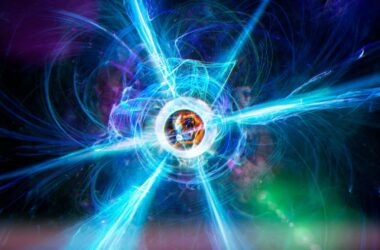The shortest pulse of electrons to date has been recorded, lasting just 53 billionths of a billionth of a second
Eleftherios Goulielmakis/University of Rostock
Scientists have achieved a new world record by creating the shortest pulse of electrons ever recorded. This pulse lasted just 53 attoseconds, which is equivalent to 53 billionths of a billionth of a second. The breakthrough could have significant implications for electron microscopes and data transmission in computer chips.
In electronics, pulses of electrons are used to represent data or capture images in electron microscopes. The shorter the pulse, the higher the rate of information transmission.
Researchers led by Eleftherios Goulielmakis at the University of Rostock in Germany have been working on reducing the length of these pulses. The challenge lies in the fact that the pulses are limited by the frequency at which electrons can oscillate inside matter.
Goulielmakis’s team used a short burst of light to trigger a pulse of electrons. In 2016, they created a flash of visible light lasting just 380 attoseconds. Building on this technique, the researchers focused lasers to knock electrons off the tip of a tungsten needle and into a vacuum, resulting in a 53-attosecond pulse of electrons.
This pulse of electrons is even shorter than the pulse of light that initiated it. Goulielmakis compares its duration to a fifth of the time it would take an electron in a hydrogen atom to orbit its nucleus according to Bohr’s model.
The ability to create such short pulses of electrons could revolutionize electron microscopy by enabling the capture of clearer images with faster shutter speeds. Currently, electron microscope images can often appear blurry due to the movement of electrons around atoms, creating a cloud-like effect. With attosecond electron pulses, it becomes possible to capture the motion of both atoms and electrons.
Goulielmakis envisions the use of attosecond electron pulses in electron microscopes to reveal not only the motion of atoms but also how electrons jump among those atoms.








